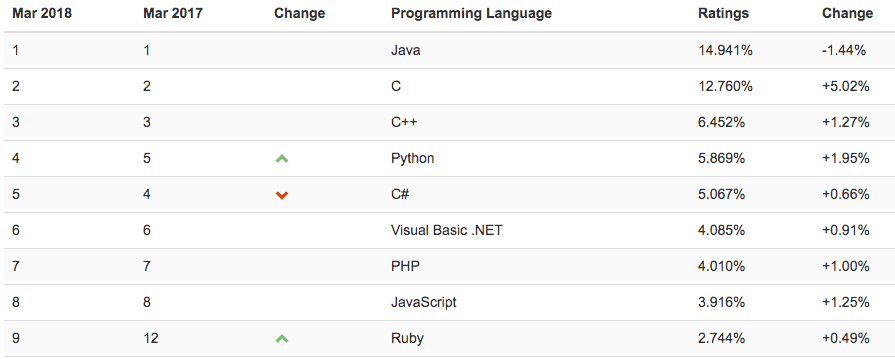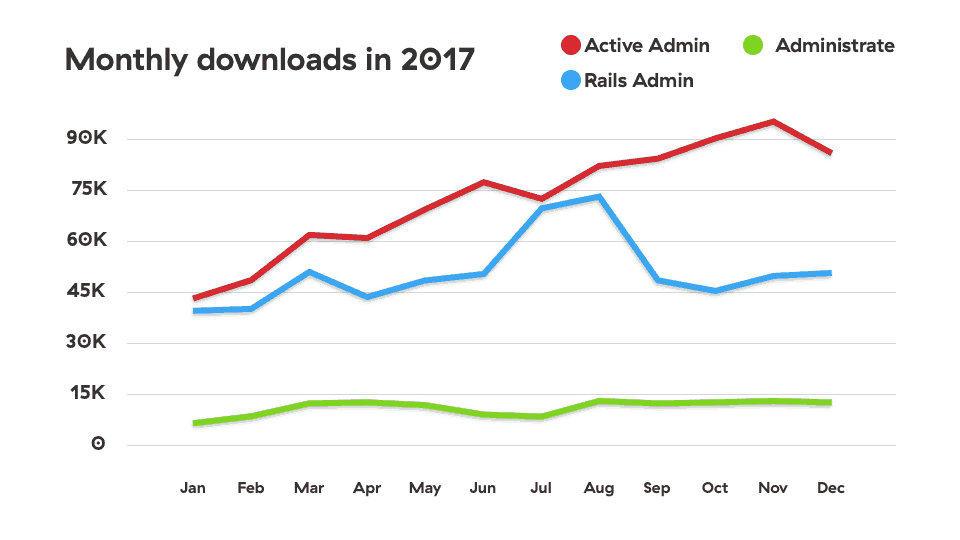Tuesday 17 April. Snow. DHH poking fun at Twitter and raising alarms about Facebook. Nick Quaranto with a GraphQL intro: best for new APIs as a mobile backend. Sean Griffin trying to encourage Rails contributions by labeling it a legacy app. Fastly presenting their not yet released alternative to docker-compose for developers. Olivier Lacan talking about the life and imminent death of CodeSchool.com. Taylor Jones with an introductory overview of Webpacker. Akira Matsuda teasing with his unfinished performance hack gems. Mark Imbriaco with a stellar career from AOL to Decisiv, 37signals, Heroku, Living Social (with Chad Fowler), GitHub, Digital Ocean and Pivotal.
Wednesday. Eileen Uchitelle keynote on upcoming Rails 6 features for scalability: baked in parallel tests (minitest) and polished multi-database support. Initially skeptical but ultimately inspired by her appeal for more companies to upstream their work. Justin Searles and Ted Kaufman talking about growing their agency. Chris Hoffman reviewing Optoro’s experiences adopting services: start with new business services, not an extraction, do something large enough to be noticed but as simple as possible, establish infrastructure standards and have developers support their services. Exhibition hall with booths by BTCOTC, Procore, GitHub, Heroku, Engine Yard, Cloud 66, Shopify, Scribd and LendingHome amongst others. After lunch James Adam recounting his struggle to popularize Rails engines and the forces shaping the framework’s evolution. Leanardo Targon of Plataformatic with an introduction to Warden. Admin frameworks BOF discussing modular monoliths, TrailBlazer and CBRA. Lightening talks including Clearwater and jsonapi-suite
Thursday. Snow again and chill winds. Sarah Mei filling in a keynote for Bari Williams: application development is interior decorating, not architecture. Sam Phippen with another well presented RSpec talk with the latest fixes to support system tests. Graham Conzett reminding how much can still be done with UJS alone. After lunch Ariel Caplan introduction to Swagger (OpenAPI) and (unmaintained?) apivore, Michael Crismali giving a quick review of JavaScript strategies, followed by Ross Kaffenberger giving actionable advice on dealing with Webpack. Finally Aaron Patterson proposing to upstream easier performance tuning into Rails.
Attendance looked up (2,000+), and more diverse. No more ‘Rails is dying’ and React/Elixir FOMO. Webpack/services/JSONAPI for sure, but not too much beyond that. Standards of the technical talks were good, especially Akira and Eileen. I missed the talks by Vladimir Dementyev and Justin Weiss and I look forward to the inspiring videos of Ernie Miller and Nicolas Means.

